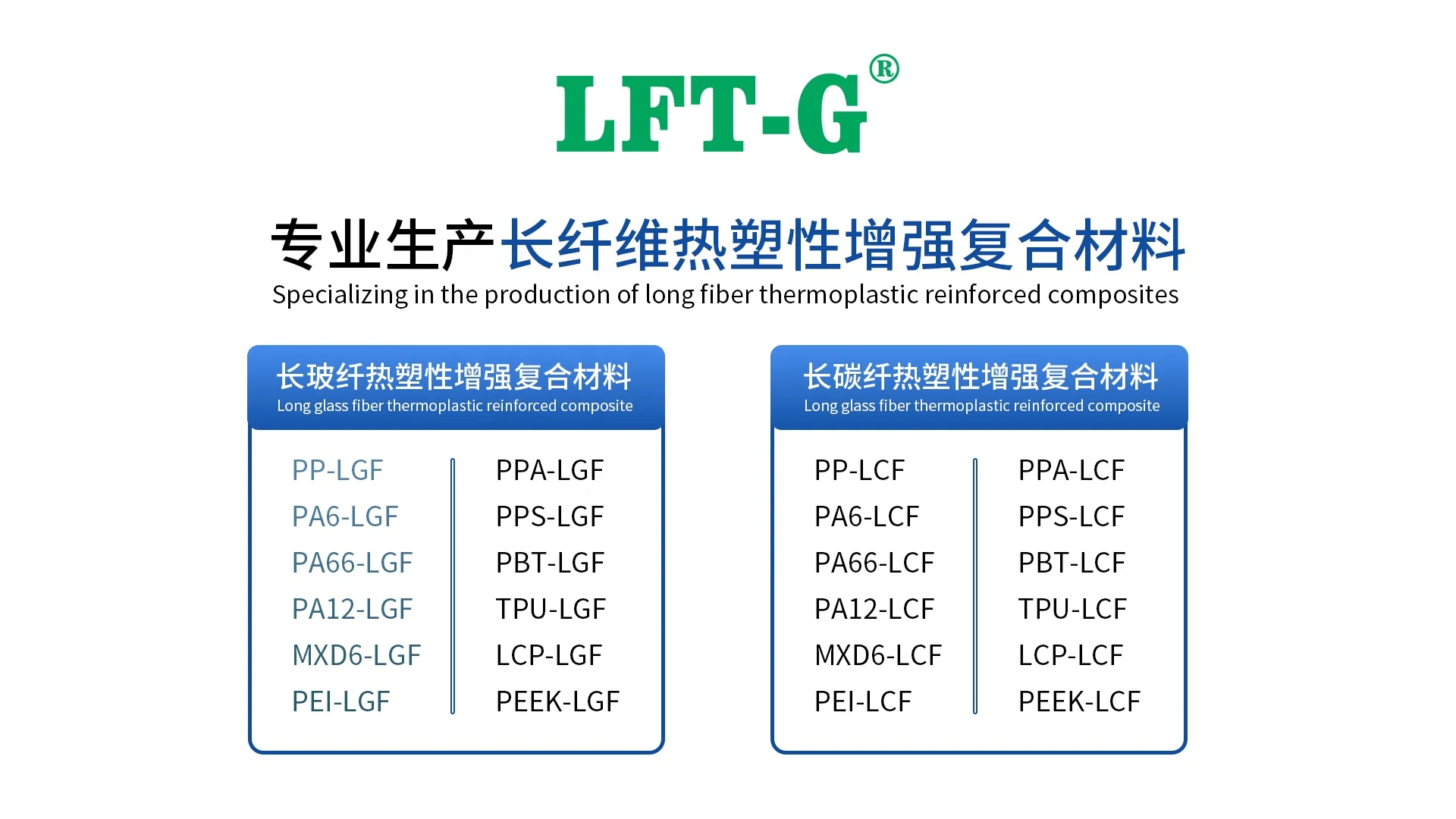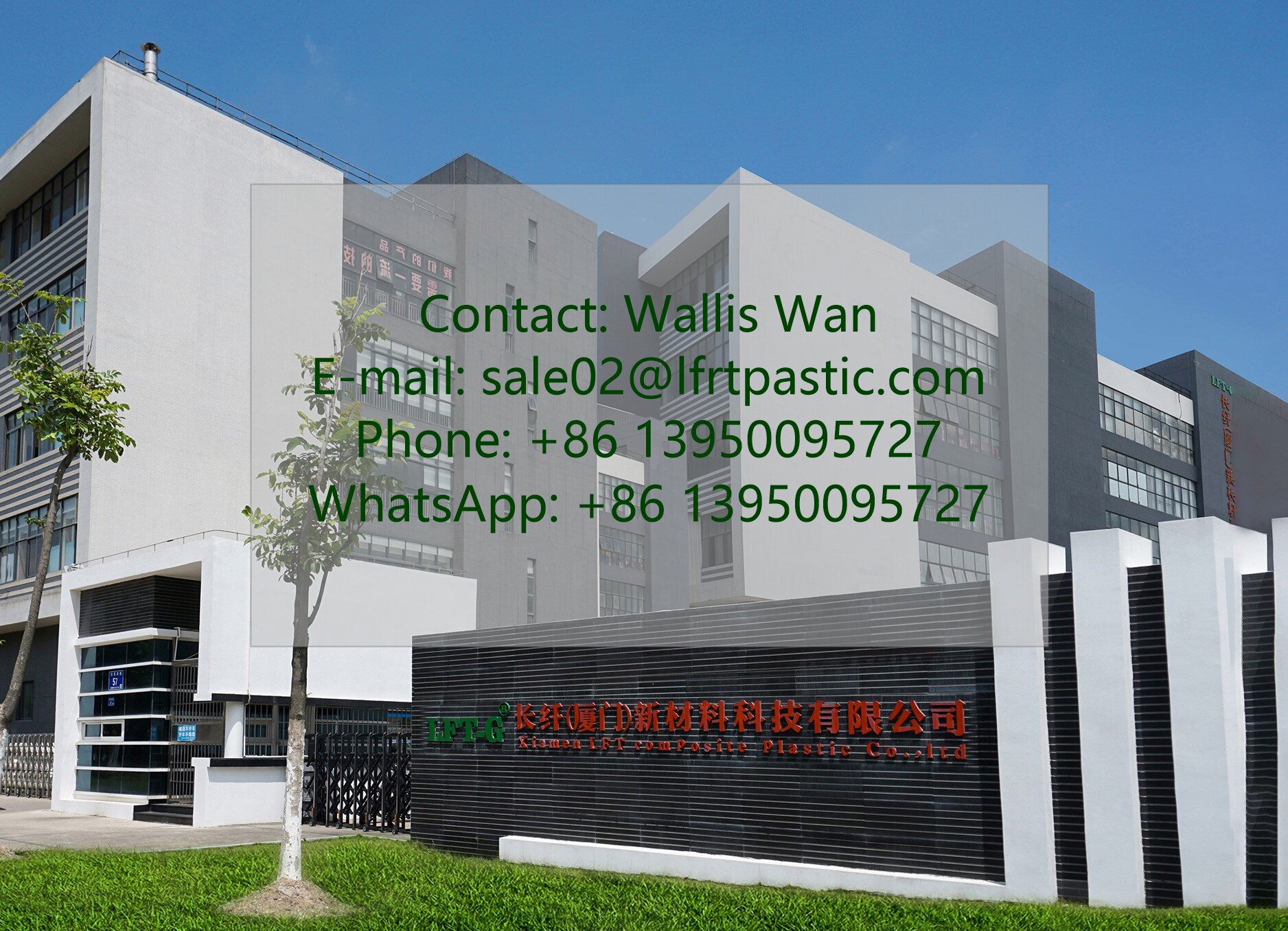new blog
Foreword
As an important means of transportation, cars play an important role in family travel and other aspects.
At this stage, with the improvement of people's quality of life and their pursuit of higher quality of life, they have new requirements for car performance. In order to meet the needs of the public, automobile companies actively carry out automobile design and development, and constantly work hard on materials, design methods and other aspects.
Nowadays, automobile lightweight has become the main direction of automobile design, and the realization of automobile lightweight goal must complete the innovation of materials. Therefore, in the application process of automobile body structural component development, we must actively look for lightweight targets and quality standard requirements in the application process of automobile body structural components material.
Thermoplastic composite materials have superior performance compared with traditional materials and can achieve the goal of lightweighting automobiles, so they have been used in the current application and development of automobile body structural components.
This article analyzes the application and development of thermoplastic composite materials in automobile body structural parts.

At present, the main problems facing the sustainable development of the automobile industry are energy security, energy saving and emission reduction. In order to really solve the problem of automobile energy consumption, it is still necessary to start with the lightweight of automobiles. The mechanical properties of carbon fiber composite materials are very excellent, and its fatigue resistance is obviously better than the density of metal conditions, so carbon fiber materials should be the first choice in automotive lightweight practice.
To summarize the current market, more than 90% of automobiles use thermosetting resin systems when using carbon fiber composite materials, and there are problems in the follow-up recycling of such materials, and thermoplastic carbon fiber composite materials can be a good solution to this problem. The mechanical properties of continuous fiber reinforced thermoplastic composites are more outstanding, and the molding has been achieved. However, due to the limitations of process characteristics, the molding requirements of some special structures can not be met. At this stage, the problem is mainly solved by injection molding, but the mechanical properties of the products formed in this way are not ideal. Molding process and injection molding process have their own advantages, if they are combined, and continuous fiber reinforced thermoplastic composite material as the skeleton, and then through injection molding to carry out complex structure molding, so that the use of thermoplastic composite material in the automotive body components will be more significant.
1. Thermoplastic composite material
In order to make full use of thermoplastic composites in the process of design and development of automobile body components, it is necessary to have a comprehensive cognition and understanding of thermoplastic composites.
By definition, the so-called thermoplastic composite material refers to the composite material made of thermoplastic resin as a matrix and various fibers as reinforcement materials. The classification of thermoplastic composite materials is analyzed. According to the properties of resin matrix and composite, thermoplastic composite materials are mainly divided into two categories:
(1) High-performance composite materials: which are reinforced with excellent fiber high-performance thermoplastic resins, such as carbon fiber, aramid fiber, polyphenylene sulfide, etc., are high-performance composite materials, such materials have high specific strength and specific modulus, and can be used for a long time above 200 ° C.
(2) general-purpose composite materials: refer to thermoplastic resins that are generally reinforced by glass fibers and products, such as PP, PE, PVC, etc., which are currently widely used.
In practice, it is necessary to emphasize the effective use of thermoplastic composite materials, but also need to understand the characteristics of thermoplastic composite materials. According to the current practical research, thermoplastic composites have six characteristics:
(1) Its density is small, strength is high, mechanical properties are more superior.
(2) With performance designability. Compared with thermosetting composites, there are more types of thermoplastic resins, and the range of options is larger, so it has better designability. In addition, the physical and chemical properties of thermoplastic composites can be achieved based on specific requirements through reasonable material selection and process utilization.
(3) Good heat resistance. The heat resistance of thermoplastic composite materials is generally maintained at about 100 ° C, but the use temperature of thermoplastic materials after reinforced with glass fiber will be greatly increased. Nowadays, the high-performance thermoplastic composite materials used in practice can reach a heat resistance of more than 250℃.
(4) Chemical corrosion resistance. The chemical corrosion resistance of composite materials is closely related to the characteristics of the base material. There are more types of thermoplastic resins with better corrosion resistance, so in practice, thermoplastic resins with better corrosion resistance can be selected as the base material. In this way, the chemical corrosion resistance of thermoplastic composite materials will be significantly improved.
(5) Electrical properties. The electrical properties of composite materials are related to the properties of resin matrix and reinforcement materials, so the performance design can be carried out based on the requirements of use in practice.
(6) Processing performance. The process performance of thermoplastic composite material is obviously better than that of thermoset composite material, and it can realize multiple molding, and can also realize the recycling of waste material.
2. Application and development of thermoplastic composite materials in auto body structural parts
From the results of the above analysis, the advantages of thermoplastic composite materials are very prominent, and its application and development in automotive body structural parts is bound to solve the problem of automobile lightweight, so actively discuss the specific application and development of thermoplastic composite materials, which has positive guiding significance for the solution of practical problems. The following is a summary of the application and development of thermoplastic composite materials combined with practice.
1) Molded - molded seat beam selection design
Taking a medium-sized car as an example, the beam of its seat is mainly composed of three parts, which are the front cross beam of the front seat, the rear cross beam of the front seat and the rear seat cross beam. The rear crossbeam of the front seat is analyzed as an example, which is mainly composed of three parts, including the body of the crossbeam, the left side reinforcement and the rear side reinforcement. The structure of the part is a traditional sheet metal structure, that is, 3 independent sheet metal parts are welded together, and the connection with the seat is realized by the way of screw joint. It is a typical body beam structure, and its total mass is 1.85kg.
The mould-injection composite structure is analyzed. In order to ensure the interface properties between the moulded layer and the injection layer, the same resin system needs to be used in the moulded area and the accommodation area. The analysis of some commonly used thermoplastic resins shows that the popularity of some materials is relatively poor, which can not meet the specific requirements of filling molds in the injection molding process, and the material cost is high, so the scope is no longer considered. Comparative analysis of materials with good flow performance shows that PA6 has the highest cost performance, and can meet the actual needs of auto parts in all aspects of performance, so PA6 can be used as the preferred resin material.
In the selection of reinforced fibers, the main commonly used glass fiber and carbon fiber. Considering from the cost point of view, the price of glass fiber is relatively low, but its tensile modulus is also relatively low. Compared with glass fiber, the strength and modulus of carbon fiber are very high, but its price is too high, so it does not meet the requirements of automotive cost control. Compared with the properties of different fiber reinforced composites, the tensile strength of glass fiber reinforced PA6 is much higher than that of the original sheet metal, but its tensile modulus is less than one third of that of steel. Based on the equal stiffness design conditions, the thickness of the parts is increased to more than 3 times the thickness of the original sheet metal, which can solve the problem of tensile modulus, but it can not meet the needs of lightweight. At this time, consider carbon fiber, all problems can be solved. It should be noted that the cost of carbon fiber is too high, so it is not the best solution, you can consider the form of structural reinforcement to improve the performance of parts, based on this, a greater degree of replacement of continuous fiber reinforced PA6 materials, can achieve the goal of weight reduction and cost reduction. Based on the specific goal, the main material of the parts is selected as PA6 when the stiffness conditions are met, and part of the carbon fiber is mixed to strengthen the PA6 material, which can improve the overall stiffness of the parts. After the material is determined, the glass fiber PA6 injection rib is used to make a local stiffness supplement, so that the material selection scheme of the mould-injection seat beam can be determined.
2) Molding - Structural design of injection seat beam
The structural design of molded - injection seat beam is analyzed, which mainly includes integrated design, variable thickness design and connection structure design, the following is the specific content.
The first is integration design. The analysis of the original sheet metal parts of the seat beam shows that it is mainly composed of the main body of the beam, the left side stiffener and the right side stiffener, and also includes 2 welding nuts and 1 welding stiffener. The connection mode between each part is analyzed, which is welding. When changed to the mould-injection composite structure, the original six parts that need to be made separately will be simplified into one part. During injection molding, the nut can be embedded in the parts]. Analysis of the integrated design, the upper part of the beam is a moulded structure, its main role and load, while connecting with the surrounding parts. The lower part of the beam is an injection molded structure, which is a reinforcement of the stiffness of the component.
The second is variable thickness design. The main way to do the variable thickness design of the composite seat beam is to increase the thickness of the layup after the use of the composite structure to meet the performance requirements. In the middle area of the beam, the main composition is the beam body, which is a single-layer steel plate structure, the stiffness is relatively low, so the thickness of the paving can be reduced, which can achieve the purpose of material quality reduction and cost control. The overall mass of the composite beam was dosing through the variable thickness design, and it was only 1.23kg, compared with the original sheet metal, the weight was reduced by more than 30%.
Finally, the design of the connection structure. After being replaced with composite materials, the seat beam could not be welded to the floor and surrounding parts, so it was glued. The adhesive connection method is analyzed, which not only has a good effect on meeting the structural connection performance of parts, but also has a good effect on the interface isolation of composite materials and steel, which can effectively reduce the risk of electrochemical corrosion in the contact part of CFRP and steel. In addition, the rubber layer can also play a synergistic role, which has a positive significance for reducing the noise inside the car body.
3. Application and development of thermoplastic composite materials in automotive body structural parts
The results obtained from the application and development of thermoplastic composite materials in the structural parts of automobile body need to be compared through test analysis. According to some test results at present, its effects are mainly reflected in the following aspects.
1) Cost control of automobile development
In the process of automobile research and development, the high cost has been troubling the automobile enterprises. In the whole process of automobile research and development, the selection and utilization of materials have an important impact on cost control. The traditional sheet metal structure is effective in automobile cost control, but the use of sheet metal is difficult to meet the current lightweight goal of automobile design. The use of carbon fiber composite materials in automobile production can not only improve the overall performance of automobile parts, but also achieve the goal of automobile lightweight, but the cost of carbon fiber composite materials is too high, exceeding the cost control standards of enterprises. Based on the realization of automotive cost control and lightweight goals, emphasis on the use of thermoplastic composite materials, and pay attention to the specific use of molding - injection molding methods, so that a small amount of carbon fiber in the general thermoplastic composite materials can enhance the overall performance of the parts, but also to achieve the goal of lightweight. It can be said that the effect of thermoplastic composites in automotive cost control is significant.
2) Automobile performance effect
The specific performance of the auto body structural parts designed and developed by using thermoplastic composite materials is tested. From the test results, there are relatively large differences between the performance of the structural parts and the performance of the sheet metal parts, and it is obvious that the performance of the auto body structural parts designed and developed by using thermoplastic composite materials is more superior. This shows that the advantages of thermoplastic composites are very obvious, and the performance advantages of its products are also very significant, which lays a solid foundation for the widespread promotion and utilization of thermoplastic composites in the automotive industry.
3) Material handling
In the process of production and processing of automobile body structural parts, some waste materials will inevitably appear due to the influence of technology. If these waste materials can be effectively recycled and utilized, they can "turn waste into treasure". Based on the analysis of the specific use of thermoplastic composite materials, such materials and thermosetting composite materials, the curing cycle is shorter, and easier to collect, so in practice, thermoplastic composite materials can achieve centralized recycling, which has positive significance for solving waste and other problems, which also has a significant effect on the cost control work of automobile enterprises.
4. Summarize
In summary, the tests at this stage show that the performance of thermoplastic composites is very superior, so it has a very important application in the field of transportation, aerospace and so on. Combined with the current development practice of the transportation industry, the development and utilization of thermoplastic composite materials based on the lightweight goal of automobiles, especially in the process of design and development of auto body structural parts, emphasizing the utilization of thermoplastic composite materials, and comparing the actual application effect of thermoplastic composite materials, which can provide reference and guidance for the continuous promotion and use of materials. Thus, the application value of thermoplastic composite materials can be better played.

